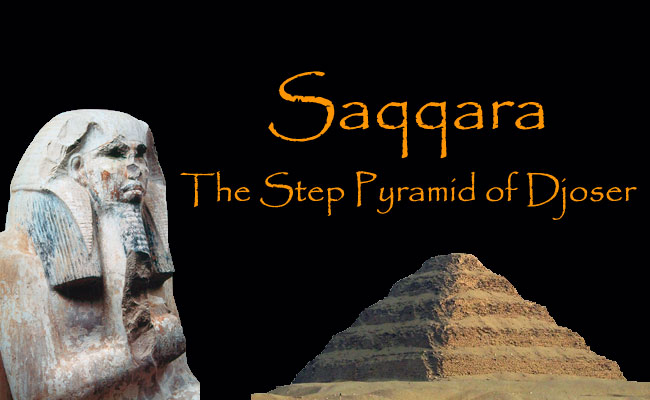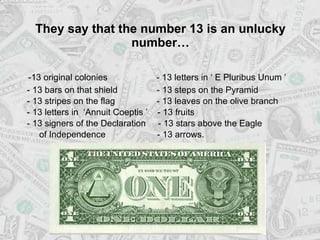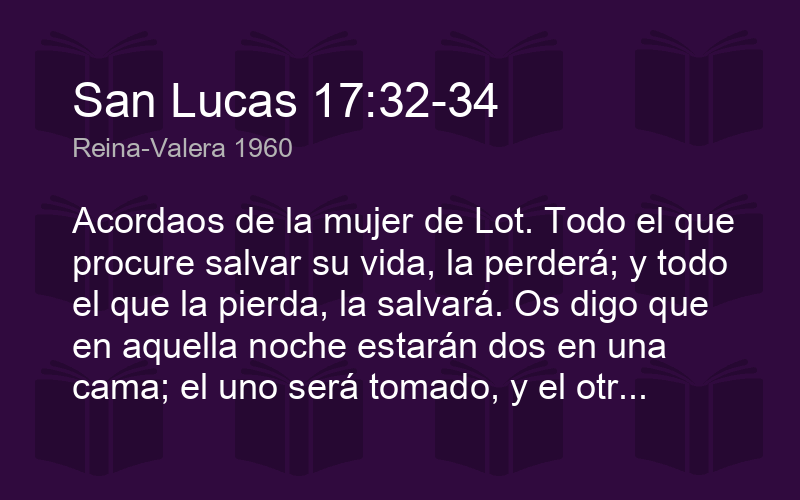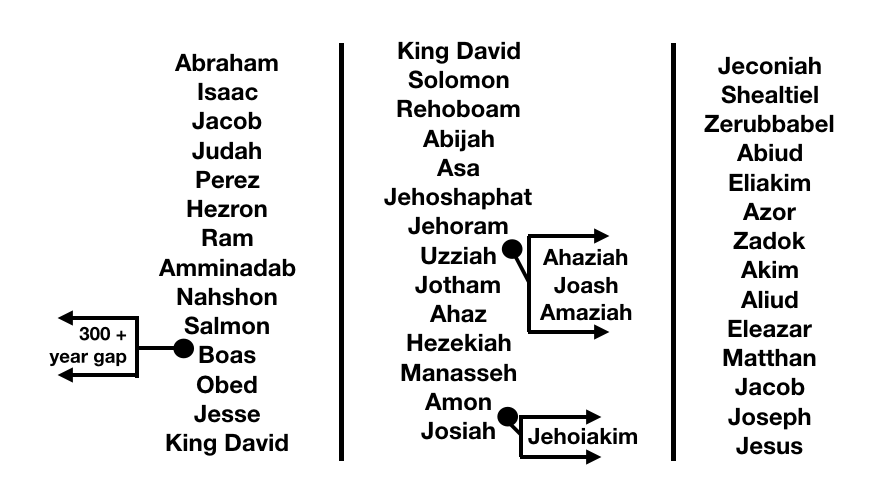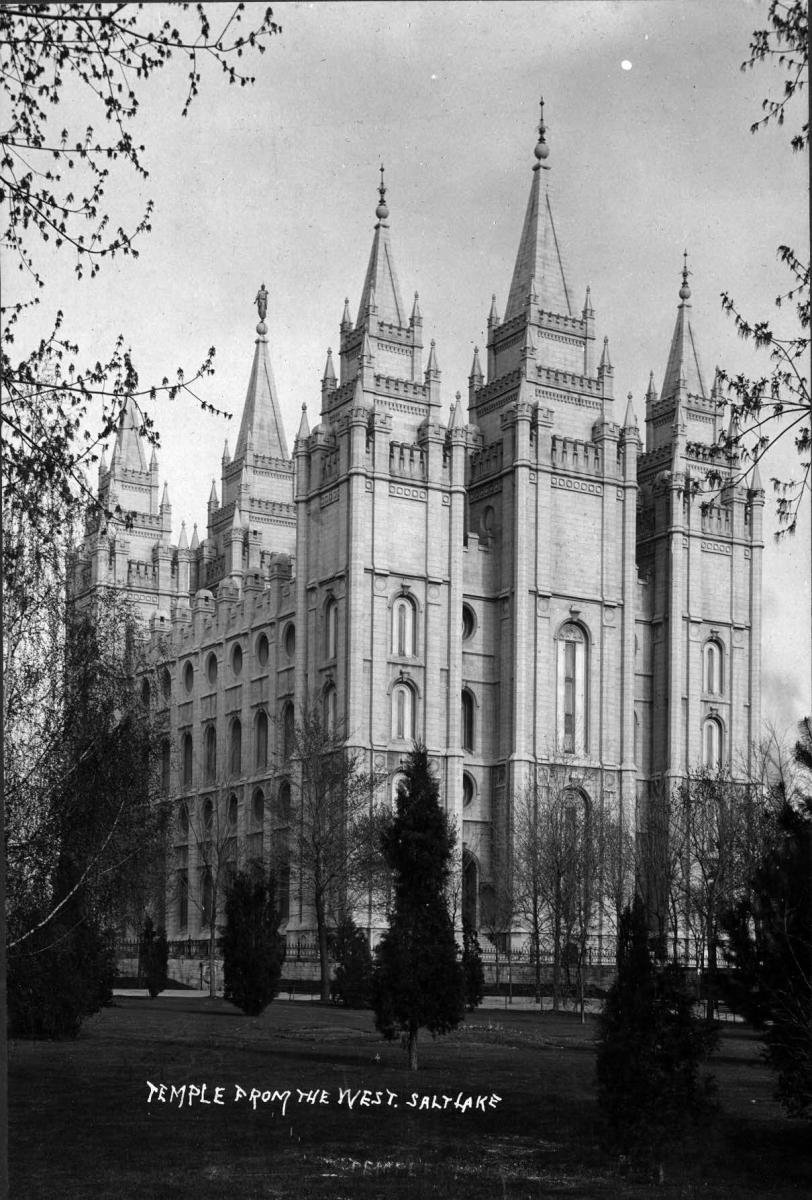 The Salt Lake Temple, a modern-day house of the Lord. (Charles Roscoe Savage, Church History Library.)
The Salt Lake Temple, a modern-day house of the Lord. (Charles Roscoe Savage, Church History Library.)
It is a pleasure to honor Richard Cowan, who has been a colleague and friend for nearly forty years, and a beloved, cherished teacher of both old and young. For many years we served together on the Gospel Doctrine Writing Committee. There could not have been a more kind and competent chairman directing our work than Richard. One of the best ways to start a day of teaching has been exchanging morning greetings at our faculty prayer meetings with Richard—in Hebrew. He was also able to greet others in multiple languages. In tribute to his ongoing interest in ancient and modern temples, this essay will examine and compare two of the most famous.
Some have overstated the similarities between ancient and modern temples. This can confuse our understanding of both. The function of the temple has always been to provide a place to meet and be taught by the Lord, but the means to that end have differed over time. The purpose of this essay is to clearly identify some of the similarities and some of the differences between Solomon’s Temple and the Salt Lake Temple. Comparing these two sanctuaries will help distinguish between the ordinances performed in ancient Aaronic Priesthood temples and those performed in modern Melchizedek Priesthood temples.
Temples as a Place to Meet the Lord
Before the building of Solomon’s Temple, the Lord invited Moses to construct a portable temple, the “Tent of Meeting.” The Hebrew ohel moed is usually translated in the King James Bible as “tabernacle of the congregation” rather than its literal translation, “Tent of Meeting.” “Tabernacle of the congregation” suggests a group of people formally sitting together. “Tent of Meeting,” favored by later translators, suggests a place where a person comes to meet God, rather than a place where a group of people congregate.[1] This connotation is illustrated by the call of Joshua in Deuteronomy 31:14: “And the Lord said unto Moses, Behold, thy days approach that thou must die: call Joshua, and present yourselves in the tent of meeting that I may give him a charge. And Moses and Joshua went, and presented themselves in the tent of meeting.”
Thus we see a meeting between the Lord and Moses, with his successor, Joshua, in the tent they had constructed for just such a purpose. Such theophanies also occurred in the Temple of Solomon. In fact, the temple had barely been completed when the Lord appeared to Solomon in the temple as described in 1 Kings 9:1–3: “And it came to pass, when Solomon had finished the building of the house of the Lord . . . That the Lord appeared to Solomon the second time, as he had appeared unto him at Gibeon. And the Lord said unto him, I have heard thy prayer and thy supplication, that thou hast made before me: I have hallowed this house, which thou hast built, to put my name there for ever; and mine eyes and mine heart shall be there perpetually.”
The Salt Lake Temple has been the site of similar theophanies. There are few public accounts of such events, but one such account involved President Lorenzo Snow, who described his experience of meeting the Lord in the Salt Lake Temple. Milton Snow, son of Lorenzo Snow, said that one night after everyone in the family was asleep, their father came home, awoke the family, and gathered them for prayer. He prayed, “Help my family to understand what I’m about to testify.”
He then told them of an experience he had just had in the Salt Lake Temple. “The Savior stood above the floor as if something was under his feet.” President Snow described the magnificence of his personage and of his countenance. He testified to his family that the Lord had spoken to him.[2] Thus, in both ancient and modern times, temples have been places to meet the Lord.
 Tent of Meeting. (Illustration by Michael P. Lyon. Reproduced courtesy of the Neal A. Maxwell Institute for Religious Scholarship, Brigham Young University.)
Tent of Meeting. (Illustration by Michael P. Lyon. Reproduced courtesy of the Neal A. Maxwell Institute for Religious Scholarship, Brigham Young University.)
Temple of Solomon. (Illustration by Michael P. Lyon. Reproduced courtesy of the Neal A. Maxwell Institute for Religious Scholarship, Brigham Young University.)
The Temple as a Center Place
The temple was meant to be the center of the community. Exodus 25:8 illustrates this concept: “And let them make me a sanctuary; that I may dwell among them.” The children of Israel were living in tents at this time, so the Lord asked for a tent that he might camp among them. The camp of Israel was organized with the Tent of Meeting in its center, with Levite tents surrounding it and the tents of the other tribes fanning out in all directions. One obvious outcome, as noted in Numbers 1:53, was that the Lord moved with them when they moved and that his tent would be pitched safely at the center of their camp.
The Temple of Solomon carried on this tradition of centrality in the community. Many scholars assume that the Temple of Solomon and the king’s palace in Jerusalem were part of the same complex, making the Temple of Solomon the figurative center of the Israelites’ government.[3] Similarly, as in the camp of Israel, temples in this dispensation are the spiritual center of their communities, where the faithful come to meet with and be taught by the Lord. In speaking of the New Jerusalem, D&C 84:3–4 states: “Which city shall be built, beginning at the temple lot, which is appointed by the finger of the Lord, . . . the city New Jerusalem shall be built . . . beginning at this place, even the place of the temple.” Joseph Smith, in Nauvoo, planned according to this pattern of streets fanning out from a temple, and Brigham Young followed Joseph in numbering Salt Lake City blocks from the temple.[4] Thus the Salt Lake Temple began as both the physical and spiritual center the community.
Revealed Plans for the Buildings
 Plan of the Camp of Israel with the Tent of Meeting at the Center. (Courtesy of Preston Heiselt.)
Plan of the Camp of Israel with the Tent of Meeting at the Center. (Courtesy of Preston Heiselt.)
The building of the Temple of Solomon marked the time when the practices of the law of Moses moved from a temporary Tent of Meeting, which had served as a movable temple, to a magnificent, stationary home on a mountain, which some believe to be Moriah, where Abraham had experienced the Akedah, the near sacrifice of his son.[5] The design for the temple, as for the Tent of Meeting, was revealed by the Lord in minute detail, as recorded in 1 Chronicles 28:11–12: “Then David gave to Solomon his son the pattern of the porch, and of the houses thereof, and of the treasuries thereof, and of the upper chambers thereof, and of the inner parlours thereof, and of the place of the mercy seat, And the pattern of all that he had by the spirit, of the courts of the house of the Lord, and of all the chambers round about, of the treasuries of the house of God, and of the treasuries of the dedicated things.”
These God-given plans[6] were to be carried out in the land the Lord had given them. They had settled in a promised land, and he would now settle with them. Even the location for the temple was given by revelation when the Lord saved Israel from destruction, as recorded in 2 Samuel 24:18: “And Gad [the prophet] came that day to David, and said unto him, Go up, rear an altar unto the Lord in the threshing floor of Araunah the Jebusite.” David then purchased the property on a prominent hilltop, where the temple would eventually stand.
The Lord gave careful instructions for temple construction in this dispensation as well. The location and appearance of the Salt Lake Temple were given in vision to Brigham Young. In fact, Brigham Young saw the Salt Lake Temple in vision every time he returned to the spot where the temple was to be built.
I scarcely ever say much about revelations, or visions, but suffice it to say, five years ago last July [1852] I was here, and saw in the Spirit the Temple not ten feet from where we have laid the Chief Cornerstone. I have not inquired what kind of a Temple we should build. Why? Because it was represented before me. I have never looked upon that ground, but the vision of it was there. I see it as plainly as if it was in reality before me. Wait until it is done. I will say, however, that it will have six towers, to begin with, instead of one. Now do not any of you apostatize because it will have six towers, and Joseph only built one. It is easier for us to build sixteen, than it was for him to build one. The time will come when there will be one in the center of Temples we shall build, and, on the top, groves and fish ponds. But we shall not see them here, at present.[7]














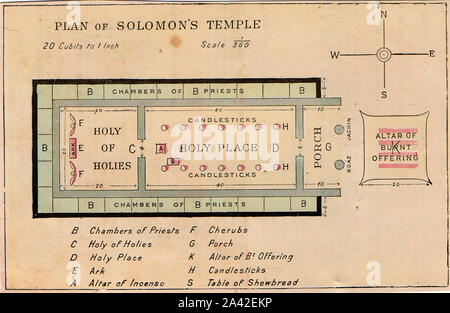

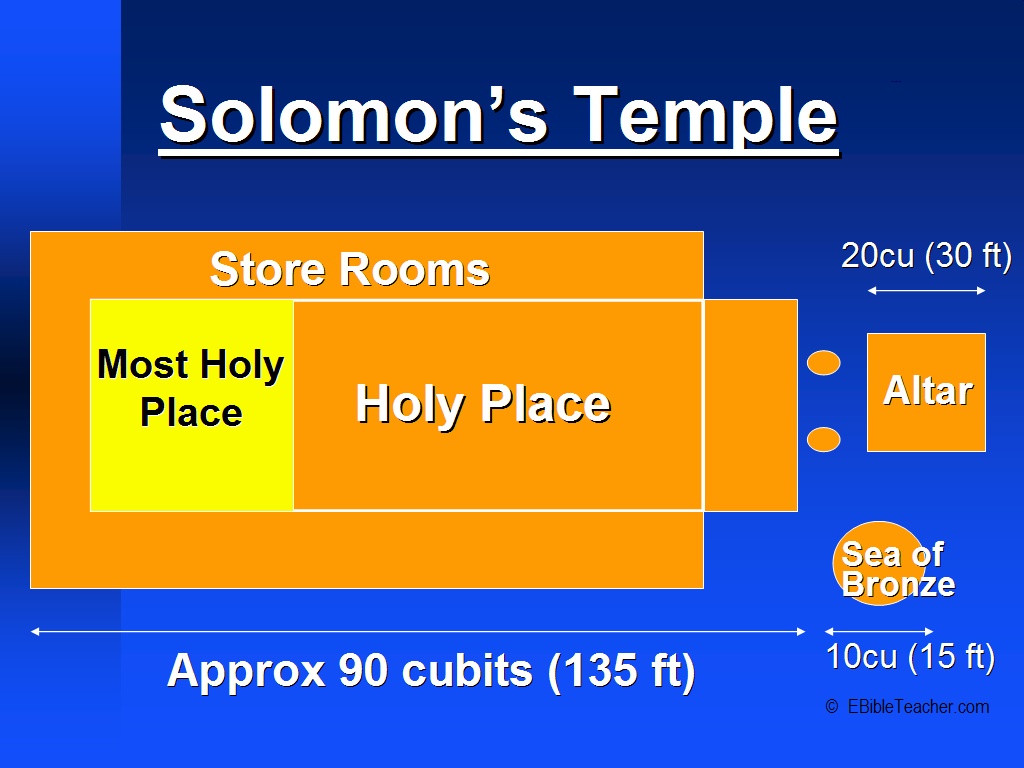
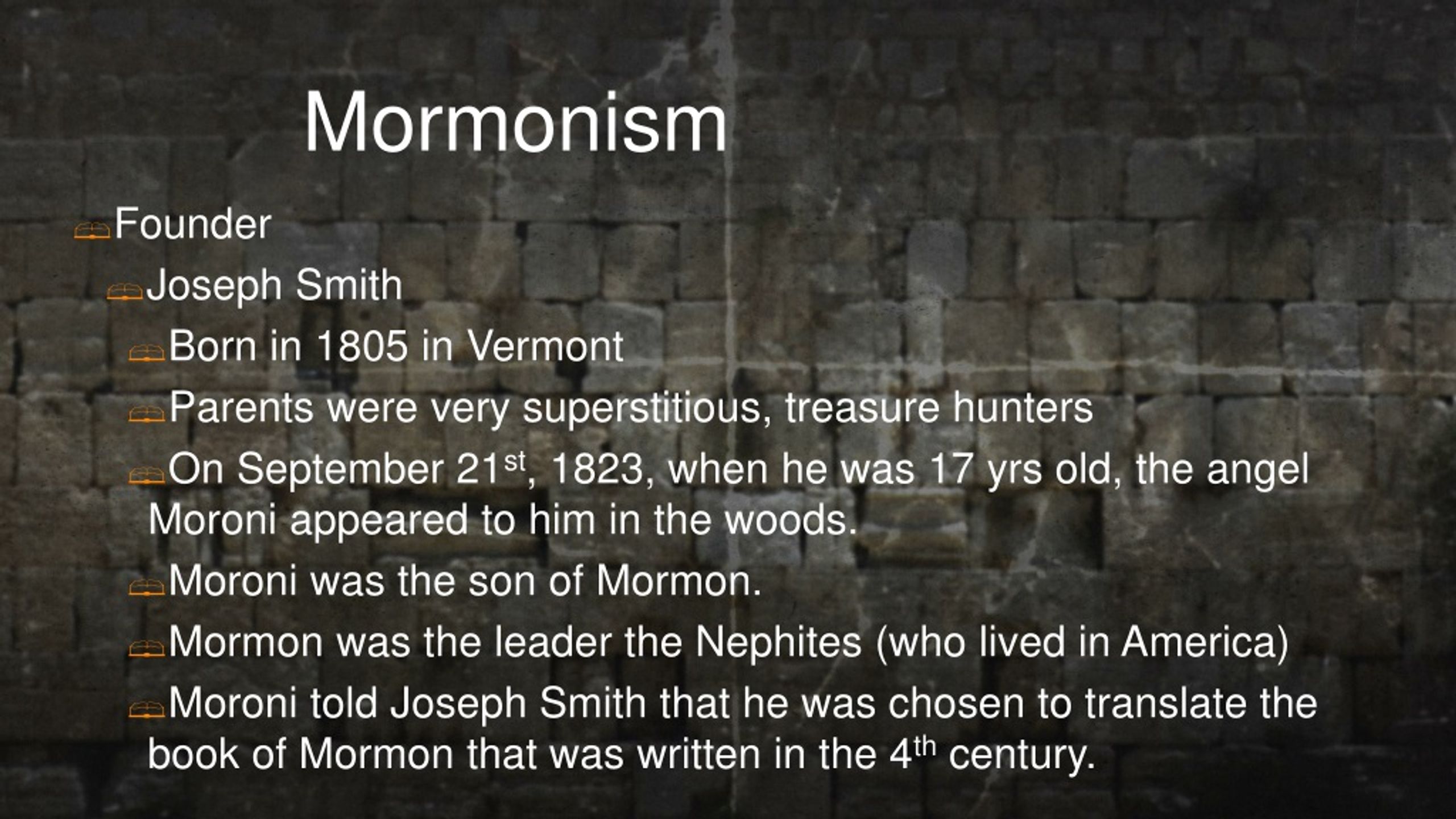

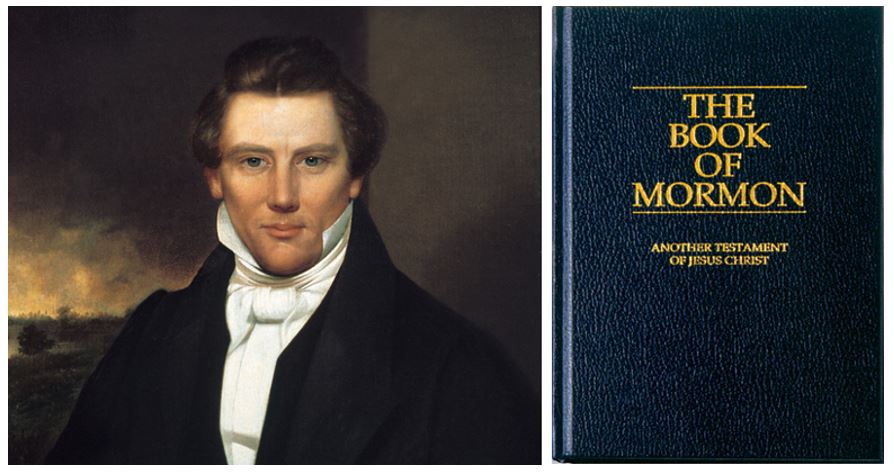
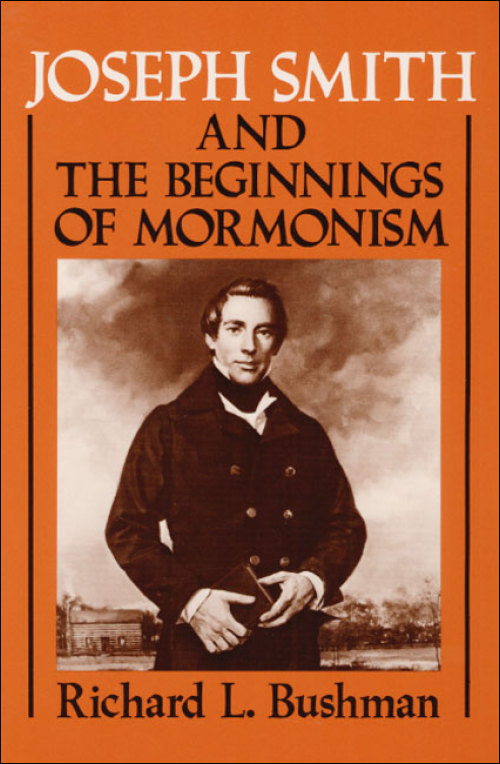



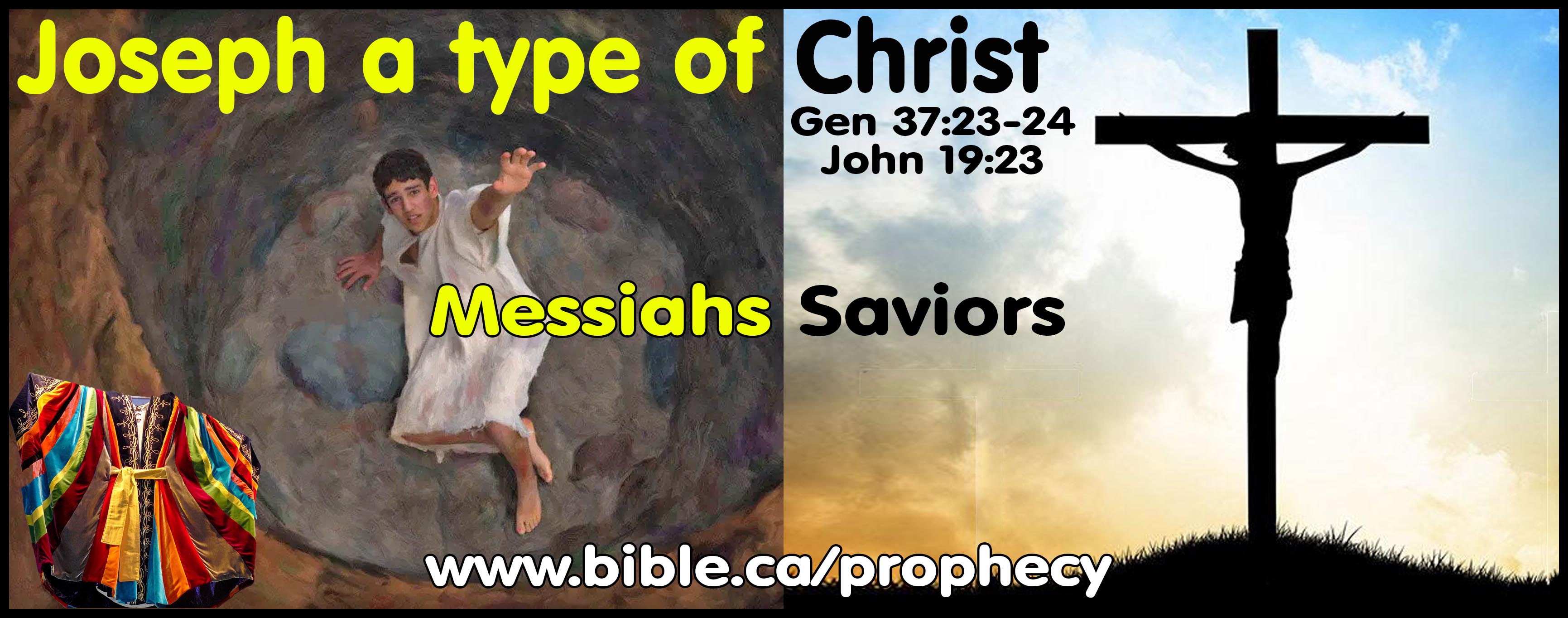


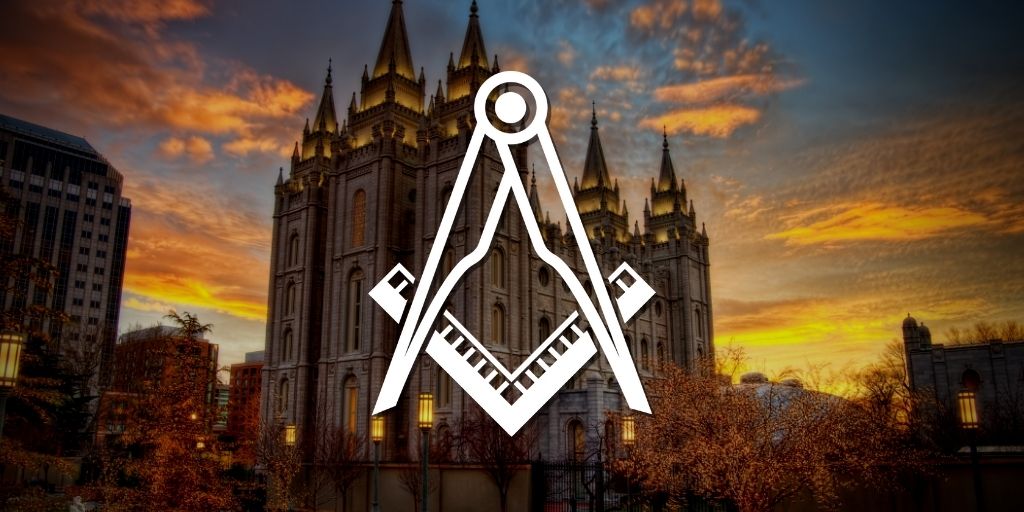

![That's one small step..." —Neil Armstrong [1024 x 1333] : r/QuotesPorn](https://i.imgur.com/lfLGX.jpg)


